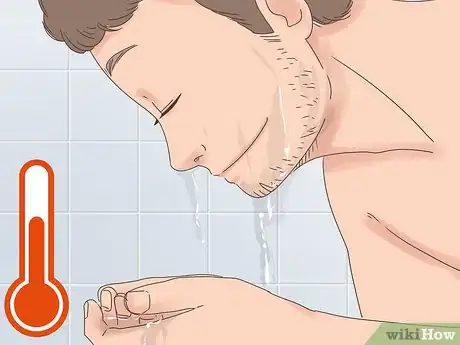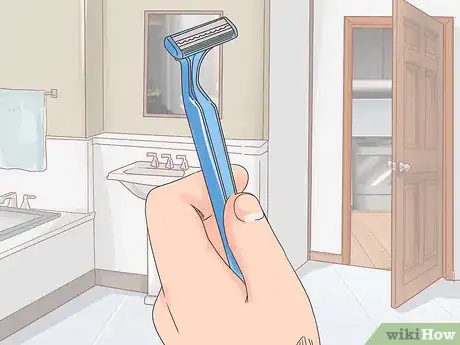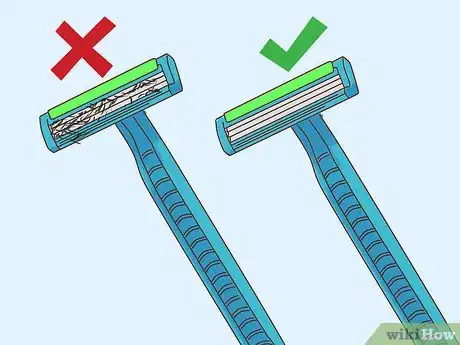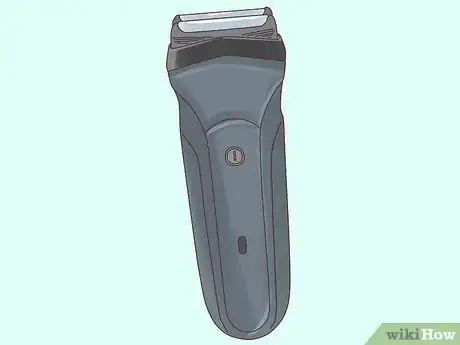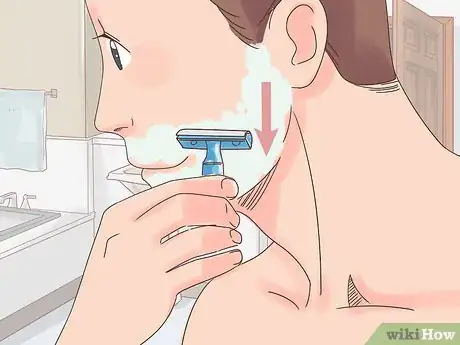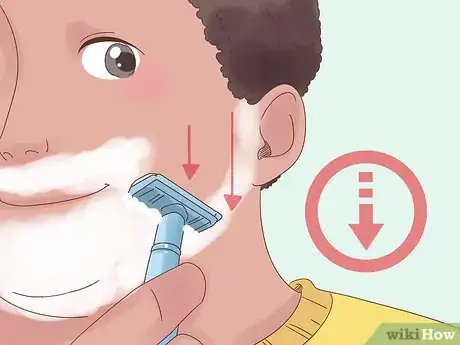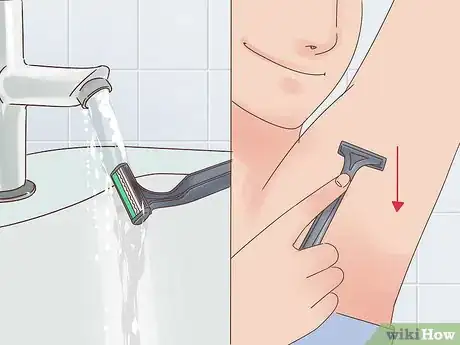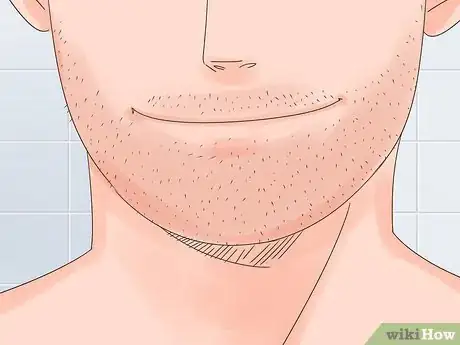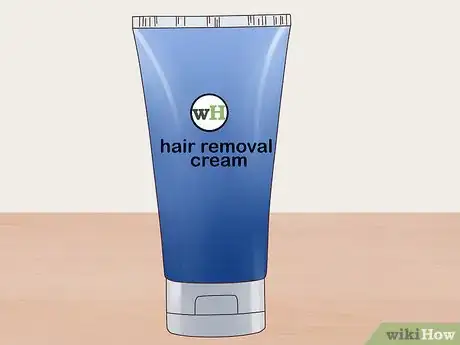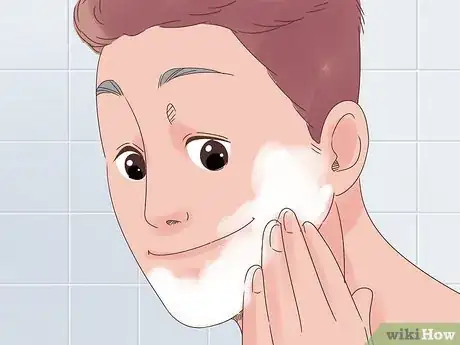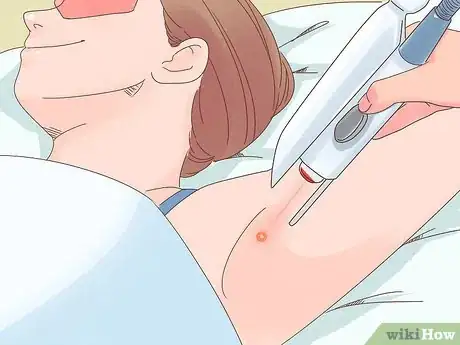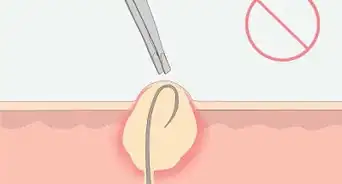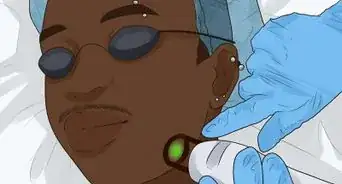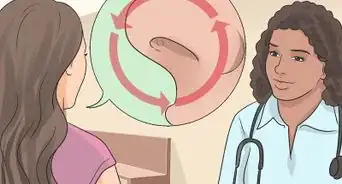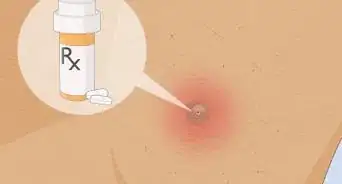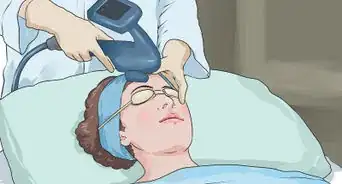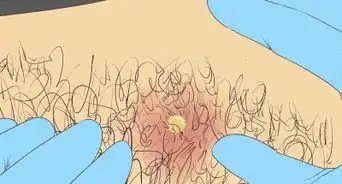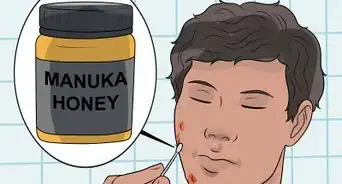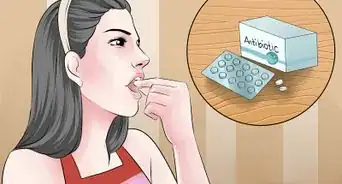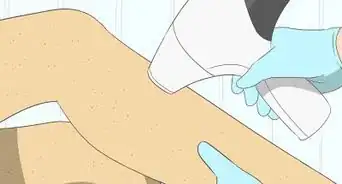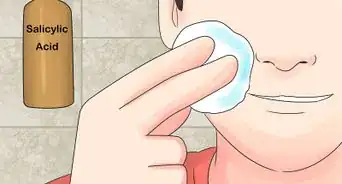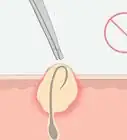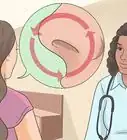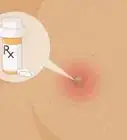This article was medically reviewed by Luba Lee, FNP-BC, MS. Luba Lee, FNP-BC is a Board-Certified Family Nurse Practitioner (FNP) and educator in Tennessee with over a decade of clinical experience. Luba has certifications in Pediatric Advanced Life Support (PALS), Emergency Medicine, Advanced Cardiac Life Support (ACLS), Team Building, and Critical Care Nursing. She received her Master of Science in Nursing (MSN) from the University of Tennessee in 2006.
This article has been viewed 12,330 times.
Ingrown hairs form when a hair that’s been shaved starts to grow back under the skin, instead of out. They often form after shaving and can be annoying to deal with, but there are plenty of ways to prevent them from developing! Keep your skin clean and moisturized to prevent the buildup of dead skin that forces hair back under. When you shave, use the sharpest blades possible and shave with the grain of the hair, rinsing the blade between each stroke. If you still have problems with ingrown hairs, there are alternatives to shaving you can try, like waxing and hair removal creams.
Steps
Taking Care of Your Skin
-
1Exfoliate your skin once a week. If the hair follicle becomes clogged with dead skin cells, an ingrown hair is more likely to develop To prevent as much dead skin from gathering as possible, exfoliate your skin once a week. Apply an exfoliating cleanser to your skin and rub it in using circular motions. Then rinse the exfoliator off.[1]
-
2Wash and wet your skin before you shave. Use warm water and soap to wash your skin before you begin shaving. It will remove any dirt, oil, or dead skin, making it less likely those things get pushed into your skin as you shave. It will also open your pores to make the hair easier to remove.[2]Advertisement
-
3Use shaving cream. If the razor blades drag along your skin, it can cause irritation, which increases the chances of ingrown hairs developing. Shaving cream will help the blades glide more smoothly across your skin. Look for one that’s alcohol-free and for sensitive skin to prevent your skin from drying out.[3]
-
4Use post-shave products for preventing ingrown hairs. Some beauty brands sell “ingrown hair eliminating pads,” which contain glycolic and salicylic acid. Those acids will dissolve dead skin cells and prevent ingrown hairs.[4]
Shaving to Prevent Ingrown Hairs
-
1Use the sharpest blades you can. Dull blades can cause an uneven shave, which is one way ingrown hairs develop. If you use disposable razors, make sure you get a new razor every 1 or 2 weeks. If you use a razor with a disposable head, change those every 1 to 2 weeks.[5]
-
2Use a clean razor. Shaving with a clean razor can help prevent ingrown hairs. Rinse your razor off after each stroke to clean it. Also, make sure you thoroughly rinse your razor off when you're done with it and set it somewhere to air dry.
-
3Try using an electrical wet shaver. You don’t have to worry about blades dulling on an electric razor. Electric wet razors won’t give you quite as close of a shave as a manual wet razor, but it will prevent ingrown hairs, especially if you have sensitive skin.[6]
-
4Shave with the grain of the hair. The grain of your hair is the direction it grows in. Shaving against the grain cuts your hair at a sharper angle, which makes it more likely it will grow back under the skin. Instead, shave in the same direction that your hair grows.[7]
-
5Make as few strokes as possible. The more strokes you make with the razor, the more likely you'll cause an ingrown hair to form. When you're shaving, try not to go over the same spot more than once if possible.
-
6Rinse the blades between each stroke. Each time you shave, a buildup of hair and dead skin cells forms on the razor. Rinse the blade or blades between each stroke as you shave to prevent that build up. The clearer and cleaner your skin, the less likely ingrown hairs will form.[8]
-
7Leave some stubble if you can. The tiny openings of freshly shaved skin can allow bacteria in. If you leave a little stubble when you shave, those openings aren’t available for bacteria to get in.[9]
Using Alternative Methods to Shaving
-
1Use hair removal cream. Most ingrown hairs are caused by shaving, because the razor can break the hair and cause it to poke back into the skin. Using a hair removal cream like Nair instead of shaving can prevent ingrown hairs.[10]
-
2Apply a cream to decrease hair growth. When combined with laser hair removal, creams with eflornithine can decrease the chance of hair growing back. Ask your doctor about this method before you try it.[11]
-
3Consider undergoing laser hair removal. If you have chronic ingrown hairs, ask your doctor whether laser hair removal is a good option for you. It will permanently eliminate the need for you to shave, which should prevent ingrown hairs from developing.[12]
References
- ↑ http://www.cosmopolitan.com/uk/beauty-hair/a9166539/how-to-stop-ingrown-hairs/
- ↑ https://www.mayoclinic.org/diseases-conditions/ingrown-hair/symptoms-causes/syc-20373893
- ↑ http://www.cosmopolitan.com/uk/beauty-hair/a9166539/how-to-stop-ingrown-hairs/
- ↑ http://www.cosmopolitan.com/uk/beauty-hair/a9166539/how-to-stop-ingrown-hairs/
- ↑ http://www.cosmopolitan.com/uk/beauty-hair/a9166539/how-to-stop-ingrown-hairs/
- ↑ http://www.cosmopolitan.com/uk/beauty-hair/a9166539/how-to-stop-ingrown-hairs/
- ↑ https://www.mayoclinic.org/diseases-conditions/ingrown-hair/symptoms-causes/syc-20373893
- ↑ https://www.mayoclinic.org/diseases-conditions/ingrown-hair/symptoms-causes/syc-20373893
- ↑ https://www.nhs.uk/conditions/ingrown-hairs/#what-to-do

